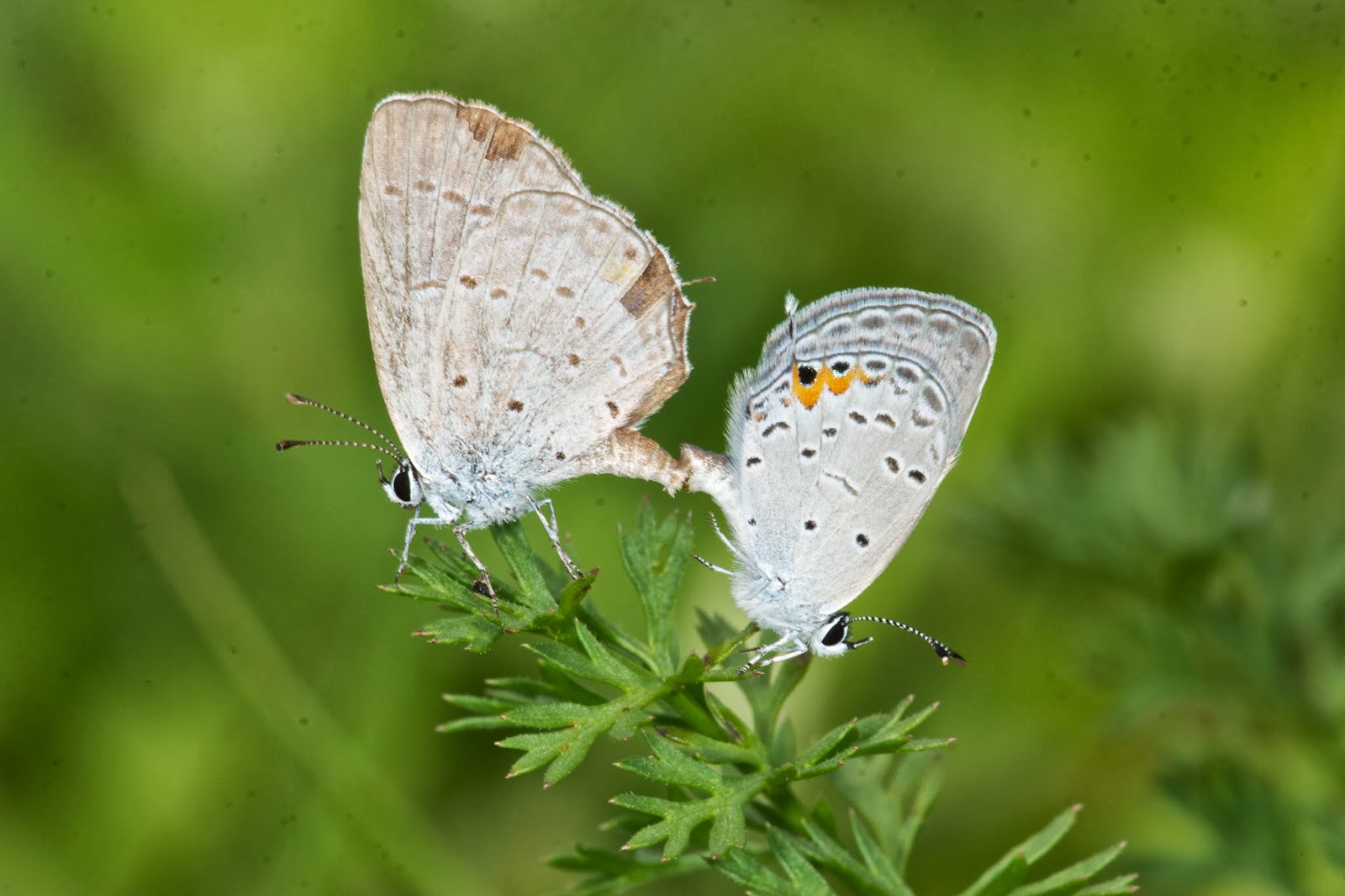Photo by Cephas.
Thursday, January 30, 2014
Connecticut Audubon Bird Finder for January 31: Snow Goose
Photo by Cephas.
Thursday, January 23, 2014
Connecticut Audubon Bird Finder for January 24: Brown Creeper
Where to find it: Brown Creepers are found throughout Connecticut in mature woodlands. In the winter, they frequent deciduous forests, often in with mixed flocks of chickadees and titmice. Their main diet consists of insects and larvae that they probe out of deep grooved bark.
To read the full entry, click here.
Photo by Alan Vernon.
Wednesday, January 22, 2014
A Reminder Of Spring
With all of this snow and cold temperatures I thought everyone could use a little reminder of spring.
 |
| Eastern Tailed-Blue (Cupido comyntas) |
 |
| Viceroy (Limenitis archippus) |
 |
| Unicorn Clubtail (Arigomphus villosipes) |
 |
| Chinese Mantis (Tenodera sinensis) |
 |
| Painted Lady (Vanessa cardui)
Sean Graesser
Conservation Technician
Photo by Sean Graesser/ Copyright Connecticut Audubon Society.
|
Thursday, January 16, 2014
Connecticut Audubon Bird Finder for January 17: Rough-legged Hawk
 Rough-legged Hawk
Rough-legged HawkButeo lagopus
Where to find it: When this species leaves its tundra breeding grounds it looks for areas with the most abundant food source. In Connecticut this mean marshes and open field areas. Right now one of the best sites to see Rough-legged Hawks seems to be Short Beach in Stratford, where they have been spotted for the last two months. Read the rest here...
Photo by Don Morgan.
Tuesday, January 14, 2014
Enter the Great Connecticut Audubon Snowy Owl Observation Contest

This has been an incredible winter for Snowy Owl sightings in our area. Connecticut Audubon Society is looking to you to help us celebrate and raise awareness of these beautiful birds.
Here's how to enter:
Submit a photo, video, or written piece about your experience. Bonus points will be given for creativity! At the end of the season, we will pick a $300 grand prize winner and two $100 honorable mentions. Just post your submission to Facebook, Twitter, or Instagram using the #CTSnowyOwl hashtag!
When you use #CTSnowyOwl, your post will automatically be published on our website.
Here are some Tips & Guidelines:
- Don't forget to include where and when you saw the bird.
- If you're submitting a photo, don't limit yourself to close-ups: a shot of a landscape with a Snowy Owl in the distance would be great too! The photo above would be a perfect entry. Anthony Zemba, our director of conservation services, took it in December at Stratford Point.
- If you haven't seen a Snowy yet, it's not too late. Snowies have been seen across our shoreline, including at our Milford Point Coastal Center; the beaches and marshes in Stratford; Long Wharf in New Haven; and Great Island in Old Lyme.
- It is very important that you take photos from afar, to avoid disturbing the birds. The best locations are often where you see other birders gathering to observe.
- If you're not a social media user, you can email your submission to tandersen@ctaudubon.org, and we will post your submission for you.
Thank you, and good luck! Remember: #CTSnowyOwl!
Friday, January 10, 2014
Connecticut Audubon Bird Finder for January 10: Lapland Longspur
 Lapland Longspur
Lapland LongspurCalcarius lapponicus
Each winter, uncommon avian visitors from the north appear in open habitats such as fallow farm fields, coastal beaches, grasslands, and dunes. Among these winter visitors may be the Lapland Longspur, a small songbird in the family Emberizidae – a taxonomic category composed of certain finches, American sparrows, towhees, buntings, and New World sparrows. Lapland Longspurs breed in wet meadows and grassy hummocks of the Arctic tundra of Nearctic and Palearctic regions. Their winter range extends much wider – in North America it covers most of the lower 48 states but is very rare in the southern reaches of the border and Gulf states. They typically begin to appear in Connecticut by mid to late October, stay through much of the winter, then depart by the end of March.
Where to find it: Those searching for Lapland Longspurs should visit ... click here to read the full post.
Photo by Anthony Zemba/Connecticut Audubon Society
Thursday, January 2, 2014
Connecticut Audubon Bird Finder for January 3, 2014: Long-billed Dowitcher

Long-billed Dowitcher
Limnodromus scolopaceus
Limnodromus scolopaceus
Where to find it: A single Long-billed Dowitcher has been present at the Birdseye Street boat ramp in Stratford for the past two weeks where it has been roosting along the shoreline. For a map, click here; for the Connecticut Coastal Access Guide, click here.
How to find it: Look for a larger-sized sandpiper sitting along the shoreline on the left (western) side of the boat ramp near the water’s edge. For the rest of this week's Bird Finder, click here...
Photo of Long-billed Dowitcher standing on one leg in Stratford by Donna Caporaso.
Subscribe to:
Comments (Atom)


